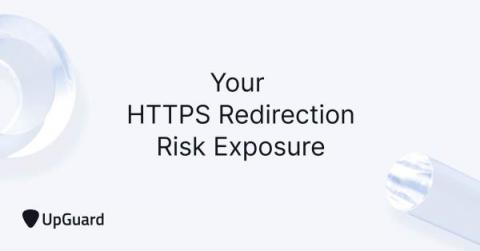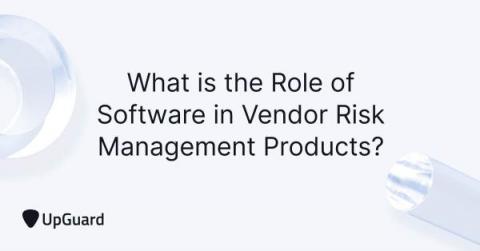What You Need to Know About Security Compliance Management
Security compliance management is that set of policies, procedures, and other internal controls that an organization uses to fulfill its regulatory requirements for data privacy and protection. Put another way, security compliance management is a subset of regulatory compliance management that specifically addresses data protection. Clearly security compliance management is important.






